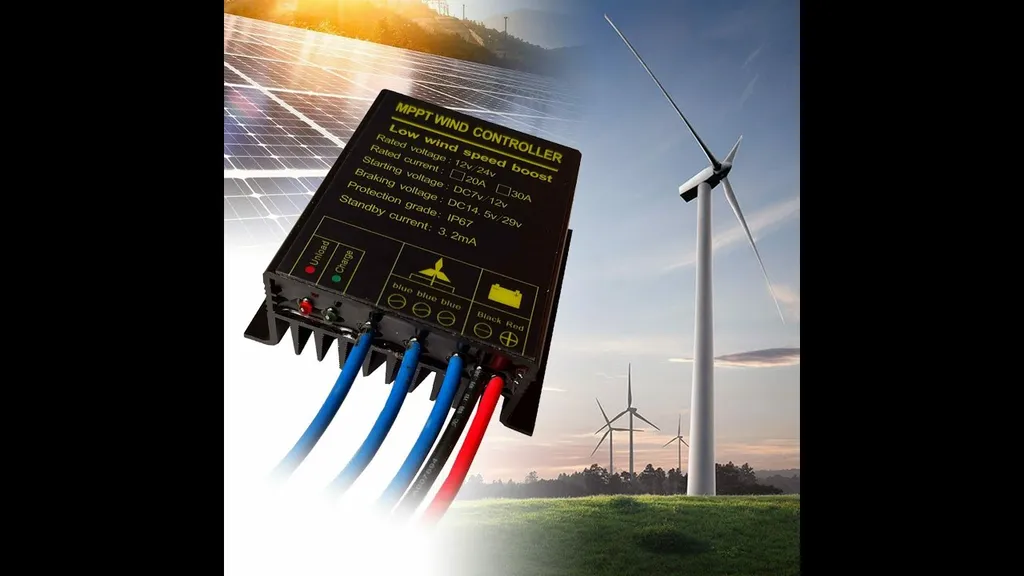In the quest for more efficient and reliable wind power generation, researchers are turning their attention to the intricate details of power conversion systems. A recent study published in *Applied Electronics Technology*, led by Lv Fuyong from the College of Automation at Nanjing University of Information Science and Technology, delves into the design of a measurement and control system for maximum power point tracking (MPPT) in small and medium-sized permanent magnet synchronous wind turbines. This research could have significant implications for the energy sector, particularly in optimizing the performance of wind power systems.
The study focuses on the bridge rectifier + DC/DC converter topology, known for its simplicity and effectiveness. Within this framework, Lv Fuyong and his team explored the differences between Boost and Buck topologies in DC/DC circuits, aiming to identify which configuration offers superior MPPT control performance. “Understanding the nuances of these topologies is crucial for designing systems that can efficiently harness wind energy,” Lv Fuyong explained. This exploration is not just academic; it has real-world applications that could enhance the efficiency and reliability of wind power generation.
The measurement and control system developed in this research is a critical tool for performance analysis. By designing an overall scheme for the system, the researchers confirmed key parameters and indexes. They utilized high-end current sampling and isolated sampling technologies to acquire system voltage, current, power, and frequency. The team also designed power drive and single-chip microcomputer control circuits, ensuring that the system could handle the complexities of wind power generation.
One of the standout features of this research is the software development for the MPPT climbing search method, tailored for single-chip microcomputers. Additionally, the upper computer control system was designed using LabVIEW, a powerful platform for data acquisition and processing. “The integration of these technologies allows for precise control and monitoring, which is essential for optimizing wind turbine performance,” Lv Fuyong noted.
The experimental results were promising, demonstrating that the measurement and control system achieved its design goals. The comparison between the MPPT performance of Boost and Buck topologies provided valuable insights that could guide future designs. This research not only advances our understanding of wind power systems but also paves the way for more efficient and reliable energy generation.
As the energy sector continues to evolve, innovations like this measurement and control system will play a pivotal role in shaping the future of wind power. By optimizing the performance of wind turbines, researchers can contribute to a more sustainable and efficient energy landscape. This study is a testament to the power of detailed analysis and innovative design in driving progress in the energy sector.

